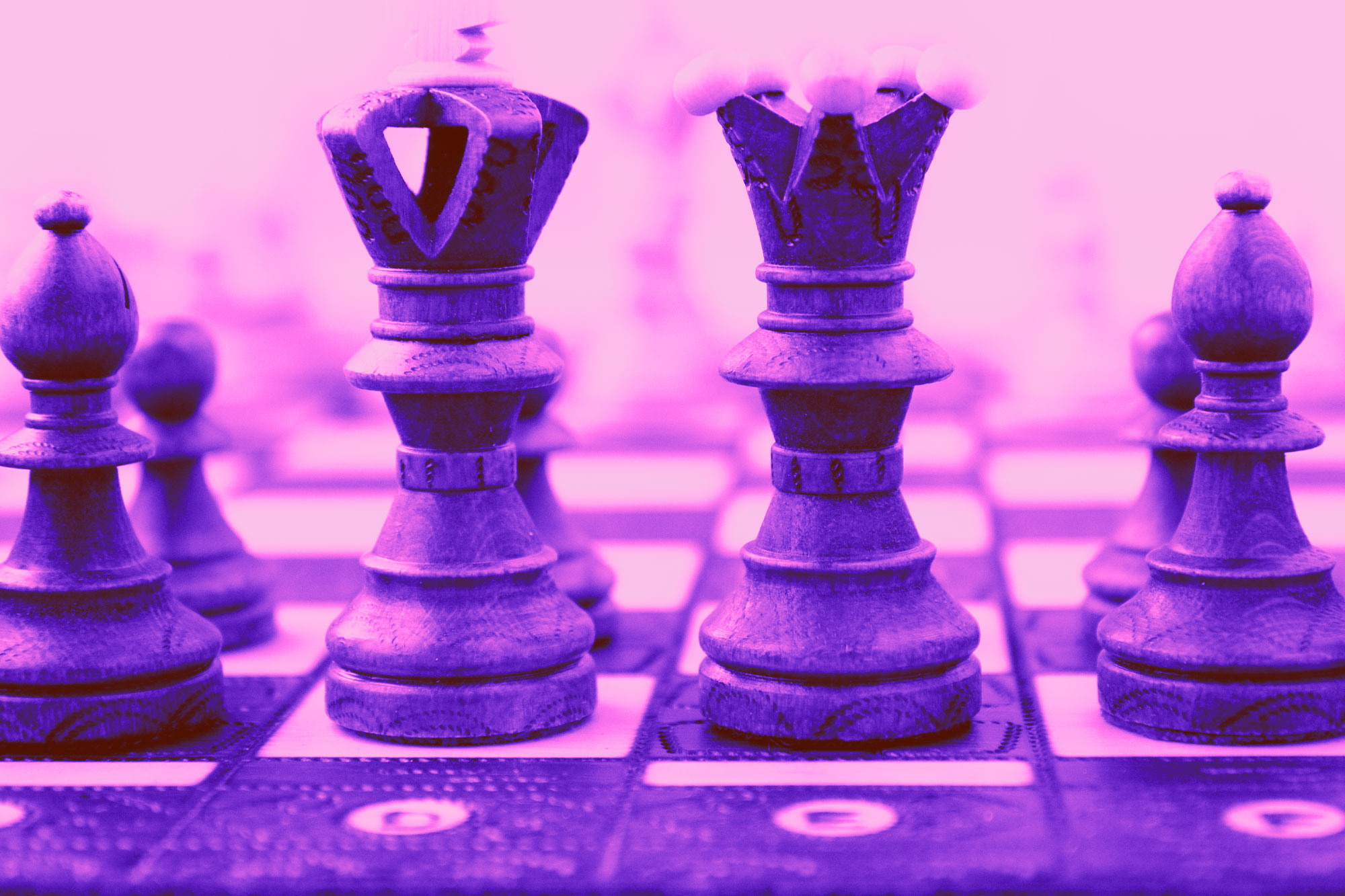As a specialist content creator, developing copy in the B2B tech PR industry, I have in the front of my mind that, although I may be focused on the latest trends in business technology, I also have to keep one eye on the latest consumer developments. Often today, it is the consumer that sets the pace in technology terms.
Look at the shift to voice interfaces for example. More and more people are shouting out commands to Alexa, Siri or Cortana, while businesses are just starting to explore the full range of capabilities that voice biometrics could bring.
The ongoing success of Amazon shows the power of the ‘Want, Click, Get’ model. Consumers now have the capability to get almost instant gratification with more personalised product offerings and faster and faster delivery times, through this technology
With the advance of the Internet of Things, we are also seeing connectivity levels ramping up all the time. It is now possible to access the internet through almost any consumer device. One teenager in the US recently even used the family fridge to send out a tweet when her mother took her devices away.
Connected ovens and washing machines, tweeting kettles and toasters are all rapidly becoming the norm. We have even come across a tweeting catflap, It makes you wonder sometimes if we are living in a world out of kilter.
Is obsession with the latest connected devices blinding us to the fact that huge numbers of people around the world have no or little digital access?
As more and more of us celebrate the ability to access the Internet from anywhere at any time, others are being left behind.
According to figures from the Office of National Statistics (ONS) as of 2018 there were still 5.3 million adults in the UK alone, or 10.0% of the adult UK population, who could be described as internet non-users. Over half of all adult internet non-users were over the age of 75 years in 2018 while in 2017, 56% of adult internet non-users were disabled, much higher than the proportion of disabled adults in the UK population as a whole.
Moreover, those who live alone are less likely to have an internet connection at home, than their peers. In 2018, according to the ONS, 9% of households with a single adult aged between 16 and 64 years did not have an internet connection, compared with only 1% of households with two adults aged between 16 and 64 years.
These numbers are sobering thoughts – especially when you consider that the people being excluded from internet access, those who remain unconnected in an increasingly connected world, are often those who could most benefit from having access to the digital links that others take for granted.
It’s clear there’s a missing step; a bridge needed between the extremes of tweeting fridges and no internet usage whatsoever. While the latest digital innovations and enhanced connectivity are something to be celebrated and bring a lot of benefits to society, the concept of digital inclusion is an important one.
So, the next time you hear about the latest connected coffee maker or smart blender, spare a thought for people in society today who are missing out on the even the most basic internet access.







